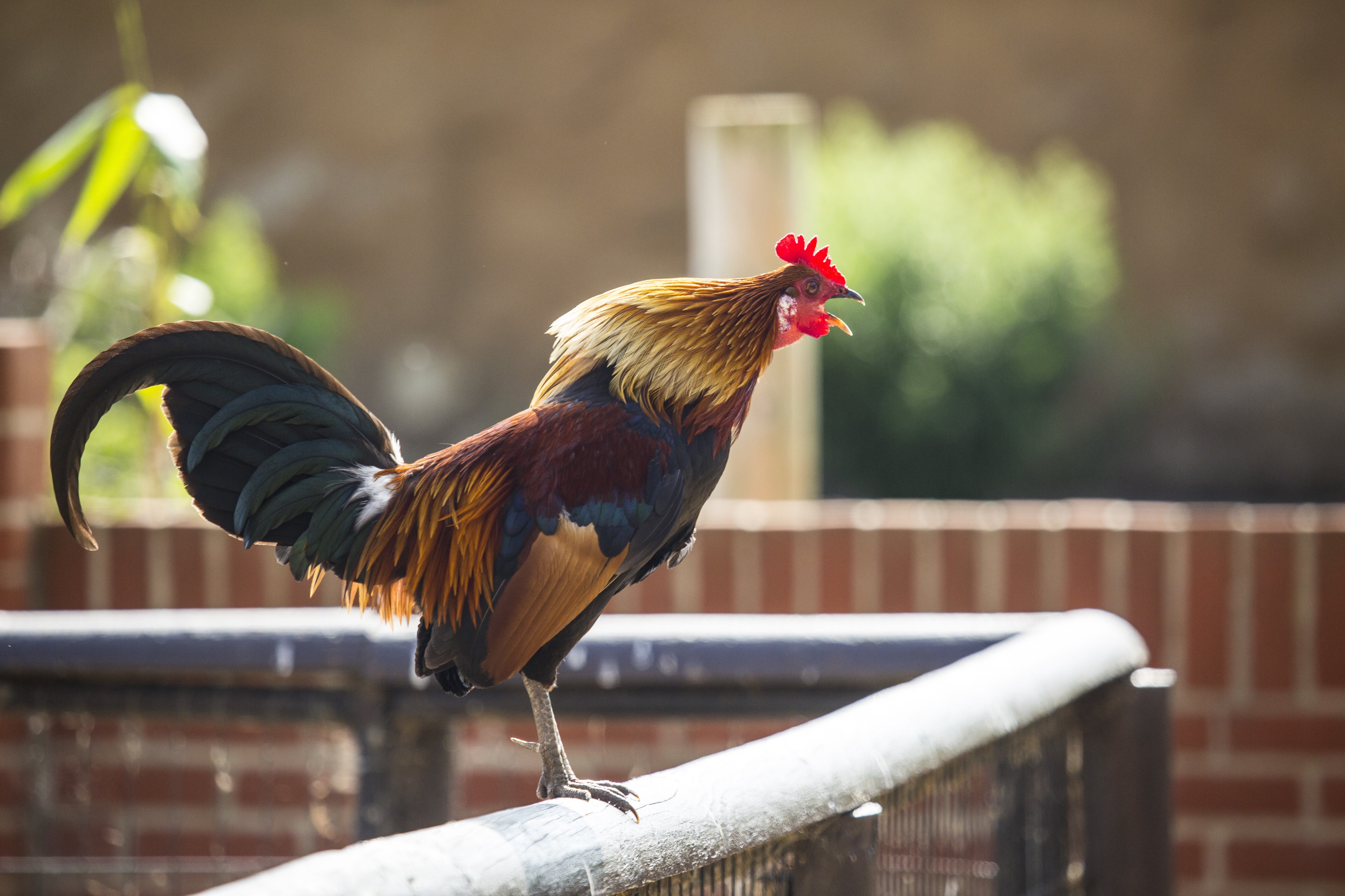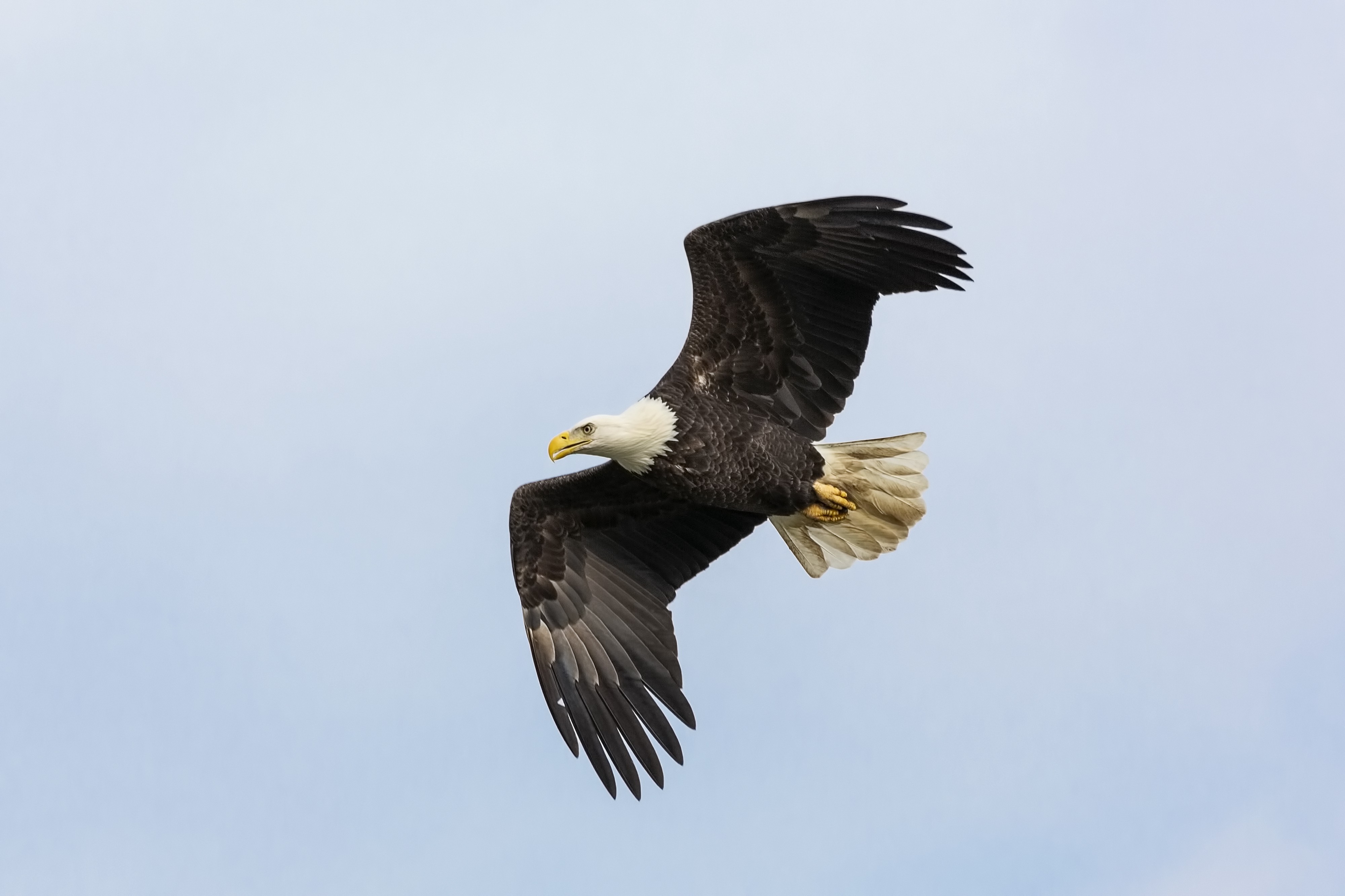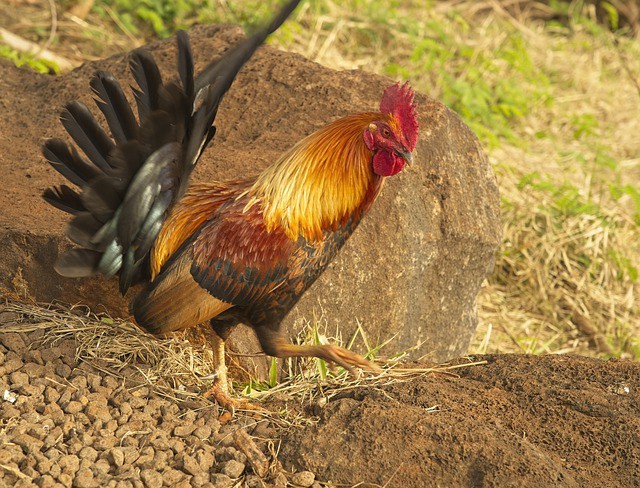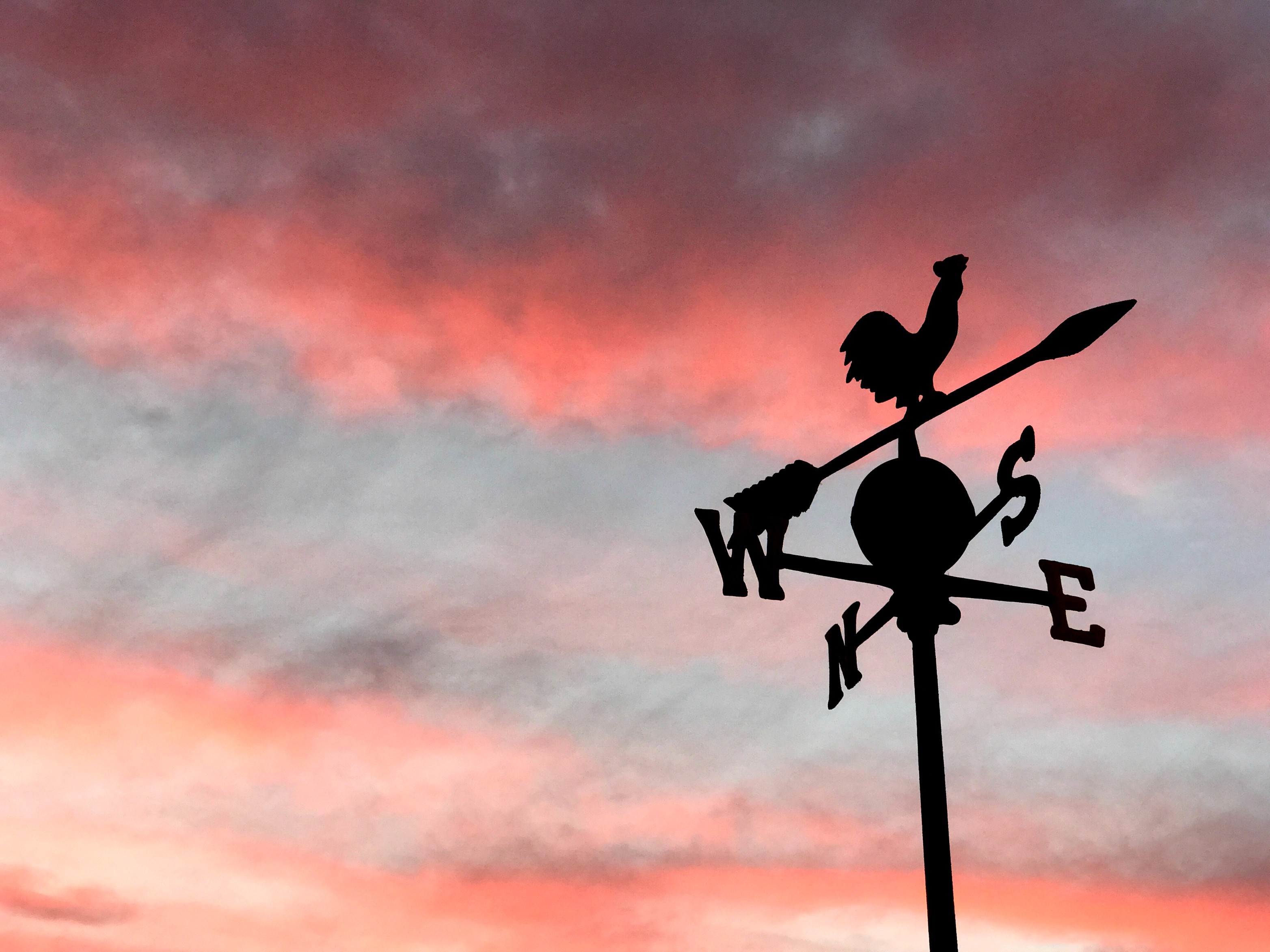Why Does A Rooster Crow? This isn’t just a simple question; it’s a gateway to understanding the complex world of chickens and their social dynamics. At WHY.EDU.VN, we delve into the fascinating reasons behind a rooster’s call, exploring its role as a timekeeper, protector, and communicator. Beyond the familiar dawn chorus, we’ll uncover the surprising depth and purpose behind this iconic sound, examining rooster vocalizations and chicken behavior.
1. The Dawn Chorus and Beyond: Understanding Rooster Crowing
Why does a rooster crow? The most common answer is to announce the sunrise. However, the reality is far more nuanced. Crowing isn’t just about the time of day; it’s a complex form of communication.
- Biological Clock: Roosters have an internal biological clock that anticipates sunrise, leading to the morning crow. Studies have shown that even in constant light, roosters will maintain a crowing schedule.
- Territorial Declaration: Crowing serves as a vocal declaration of territory. It’s a warning to other roosters to stay away and a signal to hens that this is his domain.
- Social Hierarchy: Crowing establishes and reinforces the social hierarchy within a flock. The dominant rooster typically crows the most and the loudest, asserting his authority.
- Communication: Roosters use crowing to communicate various messages, including warnings of danger, announcements of food, and calls to the hens.
- Individual Variation: Each rooster has a unique crow, which helps other chickens identify him.
1.1. Crowing Throughout the Day and Night
While the dawn chorus is the most well-known crowing event, roosters crow throughout the day and sometimes even at night. Why does a rooster crow at all hours?
- Responding to Stimuli: Roosters may crow in response to various stimuli, such as loud noises, changes in light, or the presence of predators.
- Asserting Dominance: If another rooster crows, a dominant rooster may respond with his own crow to assert his dominance.
- Maintaining Communication: Crowing helps maintain communication within the flock, even when they are spread out.
- Disrupted Sleep: Like any animal, roosters can be startled awake, which can trigger a crow.
- Urban Environments: In urban environments, artificial light can disrupt a rooster’s natural sleep cycle and lead to more frequent crowing.
1.2. The Science Behind the Crow
The crowing sound is produced by the syrinx, a vocal organ unique to birds. Here’s how it works:
- Airflow: Air from the lungs passes through the syrinx, causing its membranes to vibrate.
- Muscle Control: Muscles surrounding the syrinx control the tension of the membranes, which determines the pitch and volume of the crow.
- Resonance: The trachea and other parts of the respiratory system act as resonating chambers, amplifying the sound.
- Brain Control: The brain regulates the entire process, coordinating the muscles and airflow to produce the characteristic crow.
1.3. Evolutionary Significance of Crowing
Crowing has significant evolutionary benefits for roosters and their flocks:
- Survival: By warning of danger and defending territory, crowing increases the chances of survival for the rooster and his flock.
- Reproduction: Crowing helps attract hens and establish dominance, increasing the rooster’s chances of reproducing.
- Social Cohesion: Crowing helps maintain social cohesion within the flock, ensuring cooperation and coordination.
- Genetic Fitness: The quality of a rooster’s crow can signal his genetic fitness to potential mates. A strong, healthy crow may indicate superior genes.
1.4. Cultural Significance of Crowing
Across cultures, the rooster’s crow has been imbued with symbolism and meaning:
- Symbol of Dawn: The crowing rooster is a universal symbol of dawn, new beginnings, and awakening.
- Symbol of Vigilance: The rooster’s role as a protector and timekeeper has made it a symbol of vigilance and watchfulness.
- Symbol of Masculinity: The rooster’s assertive crow and colorful plumage have made it a symbol of masculinity and virility in some cultures.
- Mythology: Roosters appear in various mythologies and folklore, often as symbols of good luck, protection, or fertility.
2. Beyond the Alarm Clock: Other Rooster Vocalizations
Why does a rooster crow and what other sounds do they make? Crowing is just one part of a rooster’s vocal repertoire. They use a variety of other calls to communicate with their flock.
- Alarm Calls: A sharp, loud screech used to warn the flock of immediate danger, such as a predator.
- Warning Churrs: A softer, questioning sound used to signal potential threats, like a strange object in the sky.
- Food Calls: A series of clucking sounds used to announce the discovery of food and invite the hens to partake.
- Mating Calls: Soft, cooing sounds used to attract hens and initiate mating.
- Comfort Calls: Gentle, purring sounds used to reassure chicks and maintain social bonds.
2.1. Decoding the Rooster’s Language
Understanding the different types of rooster vocalizations can provide valuable insights into their behavior and social dynamics. By observing and listening, you can learn to interpret the rooster’s language and understand what he is communicating to the flock.
2.2. How Hens Respond to Rooster Vocalizations
Hens are highly attuned to rooster vocalizations and respond accordingly. They can distinguish between different types of calls and understand the messages they convey. For example, hens will immediately take cover when they hear an alarm call, but will rush towards the rooster when they hear a food call.
3. The Rooster’s Role in the Flock: More Than Just Crowing
Why does a rooster crow, and what other roles does he play in the flock’s social structure? Roosters are not just noisy alarm clocks; they are integral members of the flock with important social roles.
- Protector: Roosters are vigilant protectors of their flock, constantly scanning for danger and ready to defend against predators.
- Leader: Roosters lead the flock in foraging, roosting, and other activities, making decisions about where to go and what to do.
- Mediator: Roosters can help mediate disputes between hens, preventing fights and maintaining social harmony.
- Fertilizer: Roosters are necessary for fertilizing eggs, ensuring the continuation of the flock.
- Social Facilitator: Roosters help maintain social bonds within the flock, promoting cooperation and reducing stress.
3.1. The Rooster as a Guardian
Roosters are fiercely protective of their hens and will put themselves in harm’s way to defend them. They will fight off predators, warn of danger, and even sacrifice themselves to protect their flock. This protective instinct is a key reason why roosters are so valued by chicken keepers.
3.2. The Rooster as a Leader
Roosters are natural leaders and take charge of the flock’s daily activities. They decide when to forage, where to roost, and how to respond to threats. Hens typically follow the rooster’s lead, trusting his judgment and experience.
3.3. The Rooster as a Peacemaker
Hens can be prone to squabbles and fights, but roosters often step in to mediate these disputes. They may use their size and strength to intimidate the combatants or simply separate them to prevent further conflict. This peacemaking role helps maintain social harmony within the flock.
3.4. Rooster’s Mating Dance and Nest Building
Roosters are known for their elaborate mating dances, where they strut, flutter their wings, and circle the hens. They also participate in nest building, preparing a comfortable space for the hens to lay eggs. These behaviors are essential for reproduction and the continuation of the flock.
4. Taming the Crow: Managing Rooster Noise
Why does a rooster crow so much, and are there ways to manage the noise? While crowing is a natural and important behavior, it can be problematic for some chicken keepers, especially those in urban or suburban areas.
- Provide a Dark and Quiet Coop: A well-insulated coop can help block out light and noise, reducing the likelihood of early morning crowing.
- Delay Sunrise Exposure: Keep the coop closed until later in the morning to delay the rooster’s exposure to sunlight, which can trigger crowing.
- Consider a Crow Collar: A crow collar is a device that restricts airflow to the syrinx, reducing the volume of the crow.
- Accept the Noise: Ultimately, the best approach may be to simply accept the noise as a natural part of keeping chickens.
4.1. The Ethics of Noise Management
It’s important to consider the ethics of noise management when dealing with crowing roosters. While it’s understandable to want to reduce the noise, it’s also important to respect the rooster’s natural behaviors and needs. Avoid methods that cause pain, stress, or restrict the rooster’s ability to communicate with his flock.
4.2. Legal Considerations
Before taking any steps to manage rooster noise, it’s important to check local ordinances and regulations. Some areas have restrictions on keeping roosters or noise levels, which could impact your ability to keep a rooster or manage his crowing.
5. Choosing the Right Rooster: Temperament and Traits
Why does a rooster crow, and what other traits should you consider when choosing one for your flock? Not all roosters are created equal. When choosing a rooster for your flock, it’s important to consider his temperament, health, and other traits.
- Temperament: Look for a rooster that is alert, confident, and protective of his hens, but not overly aggressive towards people.
- Health: Choose a rooster that is healthy, active, and free from any signs of disease or injury.
- Conformation: Select a rooster with good conformation, meaning he is well-proportioned and meets the breed standards.
- Crowing Habits: If noise is a concern, you may want to choose a rooster that is known for crowing less frequently.
5.1. Breed-Specific Traits
Different breeds of roosters have different temperaments and traits. Some breeds are known for being more docile and friendly, while others are more aggressive and territorial. Research different breeds to find one that suits your needs and preferences.
5.2. Evaluating a Rooster’s Health
When choosing a rooster, it’s important to evaluate his health. Look for signs of disease, such as sneezing, coughing, or diarrhea. Also, check for injuries, such as cuts, bruises, or lameness. A healthy rooster will be active, alert, and have bright eyes and a clean comb and wattles.
6. The Future of Rooster Research: What’s Next?
Why does a rooster crow, and what can future research tell us? Scientists are continuing to study roosters and their crowing behavior, seeking to unlock new insights into their biology, behavior, and social dynamics.
- Genetics of Crowing: Researchers are investigating the genes that control crowing behavior, hoping to understand why some roosters crow more than others.
- Neurobiology of Crowing: Scientists are studying the brain regions involved in crowing, seeking to understand how the rooster’s brain controls this complex behavior.
- Evolution of Crowing: Researchers are exploring the evolutionary origins of crowing, trying to understand how this behavior evolved and why it is so important for roosters.
6.1. The Role of Technology
Technology is playing an increasingly important role in rooster research. Researchers are using tools like GPS trackers, audio recorders, and video cameras to study rooster behavior in detail. These technologies allow them to collect vast amounts of data and analyze it in new and innovative ways.
6.2. Implications for Chicken Keeping
The insights gained from rooster research have important implications for chicken keeping. By understanding rooster behavior and social dynamics, chicken keepers can create better environments for their flocks, improve their management practices, and enhance the welfare of their birds.
7. Debunking Rooster Myths: Separating Fact from Fiction
Why does a rooster crow, and are there any common misconceptions about this behavior? There are many myths and misconceptions surrounding roosters and their crowing behavior. It’s important to separate fact from fiction to have a clear understanding of these birds.
- Myth: Roosters only crow at sunrise.
- Fact: Roosters crow throughout the day and sometimes at night.
- Myth: Crowing is only about announcing the time.
- Fact: Crowing is a complex form of communication that serves multiple purposes.
- Myth: Roosters are always aggressive.
- Fact: Rooster temperament varies, and many roosters are docile and friendly.
- Myth: Hens don’t need roosters.
- Fact: While hens can lay eggs without roosters, roosters play important social roles in the flock.
- Myth: Crow collars are cruel.
- Fact: When used properly, crow collars are not harmful and can be an effective way to reduce noise.
7.1. The Importance of Accurate Information
Accurate information is essential for responsible chicken keeping. By debunking myths and misconceptions, we can promote better understanding and appreciation of roosters and their role in the flock.
8. Rooster Breeds and Crowing: A Comparative Look
Why does a rooster crow, and does the breed affect the crow? Different rooster breeds can exhibit variations in their crowing patterns and vocalizations. Some breeds are known for their loud, frequent crowing, while others are relatively quieter. Understanding these breed-specific differences can be helpful for choosing a rooster that suits your lifestyle and environment.
| Breed | Crowing Frequency | Crowing Volume | Temperament | Notes |
|---|---|---|---|---|
| Leghorn | High | Loud | Active | Known for frequent and loud crowing. |
| Rhode Island Red | Moderate | Moderate | Docile | Tends to have a balanced crowing pattern. |
| Silkie | Low | Soft | Friendly | Crow is often described as a soft, cooing sound rather than a traditional crow. |
| Cochin | Moderate | Moderate | Gentle | Generally has a moderate crowing frequency and volume. |
| Brahma | Low | Moderate | Calm | Tends to be quieter than other breeds, with a lower crowing frequency. |
| Wyandotte | Moderate | Loud | Calm | Known for their loud, clear crows. |




8.1. Factors Influencing Crowing in Different Breeds
Several factors can influence crowing in different breeds, including genetics, environment, and social dynamics. Some breeds are simply genetically predisposed to crow more frequently or loudly than others. Environmental factors, such as the presence of other roosters or predators, can also affect crowing behavior.
8.2. Choosing a Breed Based on Crowing Characteristics
If you are concerned about noise levels, you may want to choose a breed that is known for being quieter or less frequent in its crowing. Breeds like Silkies or Brahmas are often recommended for those living in urban or suburban areas where noise is a concern.
9. Rooster as a Symbol: Cultural and Historical Perspectives
Why does a rooster crow and how has it become a cultural symbol? The rooster has been a prominent symbol in various cultures and historical contexts, often representing concepts such as vigilance, courage, and masculinity. Understanding the rooster’s symbolism can provide insights into its significance throughout history and across different societies.
- France: The Gallic rooster is a national symbol of France, representing courage, pride, and vigilance.
- China: In Chinese culture, the rooster symbolizes good luck, prosperity, and protection against evil spirits.
- Portugal: The Barcelos Rooster is a popular symbol of Portuguese folklore, representing honesty, integrity, and justice.
- Ancient Greece: The rooster was associated with the god Apollo and was considered a symbol of dawn, awakening, and new beginnings.
9.1. The Rooster in Art and Literature
The rooster has been depicted in numerous works of art and literature throughout history, often serving as a symbol of the traits mentioned above. From ancient Greek pottery to modern-day advertising, the rooster’s image has been used to convey a variety of messages and meanings.
9.2. The Rooster in Modern Society
Even in modern society, the rooster remains a potent symbol, often associated with rural life, agriculture, and traditional values. Its image can be found on weather vanes, farm logos, and in various forms of popular culture.
10. The Crowing Rooster: A Sound of Nature or a Nuisance?
Why does a rooster crow, and is it a pleasant sound? The crowing of a rooster can be a divisive issue, with some people finding it a charming reminder of rural life, while others consider it a noisy nuisance. The perception of the rooster’s crow often depends on individual circumstances and cultural perspectives.
- Rural Areas: In rural areas, the sound of a rooster crowing is often considered a natural and welcome part of the landscape.
- Urban Areas: In urban areas, where noise levels are already high, the rooster’s crow may be seen as an unwelcome intrusion.
- Personal Preferences: Some people simply enjoy the sound of a rooster crowing, while others find it irritating or disruptive.
10.1. Finding a Balance
Finding a balance between appreciating the natural sound of a rooster’s crow and managing potential noise concerns is essential for responsible chicken keeping. By understanding the reasons why roosters crow and taking steps to minimize noise levels when necessary, it is possible to coexist peacefully with these fascinating birds.
At WHY.EDU.VN, we believe that understanding the reasons behind a rooster’s crow is key to appreciating its role in the ecosystem.
Are you still curious about the world of chickens? Do you have more questions about their behavior, care, or social dynamics? Don’t hesitate to reach out to the experts at WHY.EDU.VN. Visit our website at WHY.EDU.VN or contact us at 101 Curiosity Lane, Answer Town, CA 90210, United States, or via Whatsapp at +1 (213) 555-0101. Our team of specialists is ready to provide you with the answers you need to deepen your understanding and enhance your knowledge. Uncover the fascinating world of chickens with why.edu.vn!
FAQ About Why Roosters Crow
-
Why do roosters crow so early in the morning?
- Roosters have an internal biological clock that anticipates sunrise, triggering them to crow even before the sun appears. This behavior is also influenced by hormonal changes and territorial instincts.
-
Do all roosters crow?
- Yes, crowing is a natural behavior for roosters. However, the frequency and volume of crowing can vary depending on the breed, individual temperament, and environmental factors.
-
Why do roosters crow even when it’s not dawn?
- Roosters crow to communicate various messages, including warnings of danger, announcements of food, and calls to the hens. They may also crow in response to loud noises, changes in light, or the presence of other roosters.
-
Is there any way to stop a rooster from crowing?
- While it’s impossible to completely stop a rooster from crowing, there are ways to manage the noise. These include providing a dark and quiet coop, delaying sunrise exposure, and using a crow collar.
-
What does it mean when a rooster crows loudly and frequently?
- Loud and frequent crowing is often a sign that the rooster is asserting his dominance and defending his territory. It may also indicate that he is particularly alert to potential threats.
-
Do hens crow too?
- Hens can crow, but it’s much less common than in roosters. When hens do crow, it’s often to assert dominance or in response to a perceived threat.
-
Why do roosters sometimes crow at night?
- Roosters may crow at night if they are disturbed by loud noises, changes in light, or the presence of predators. Artificial light can also disrupt their natural sleep cycle and lead to nighttime crowing.
-
Do roosters crow in a specific pattern or order?
- The crowing order in a flock is often determined by the social hierarchy. The dominant rooster typically crows first and the loudest, followed by the other roosters in descending order of dominance.
-
Is crowing essential for a rooster’s health and well-being?
- Crowing is a natural and important behavior for roosters, and suppressing it can be detrimental to their health and well-being. Crowing allows roosters to communicate with their flock, defend their territory, and assert their dominance.
-
How far away can a rooster’s crow be heard?
- A rooster’s crow can typically be heard from a distance of several hundred feet, or even further under ideal conditions. The exact distance depends on the volume of the crow, the surrounding environment, and the listener’s hearing ability.